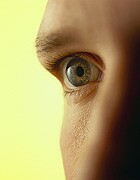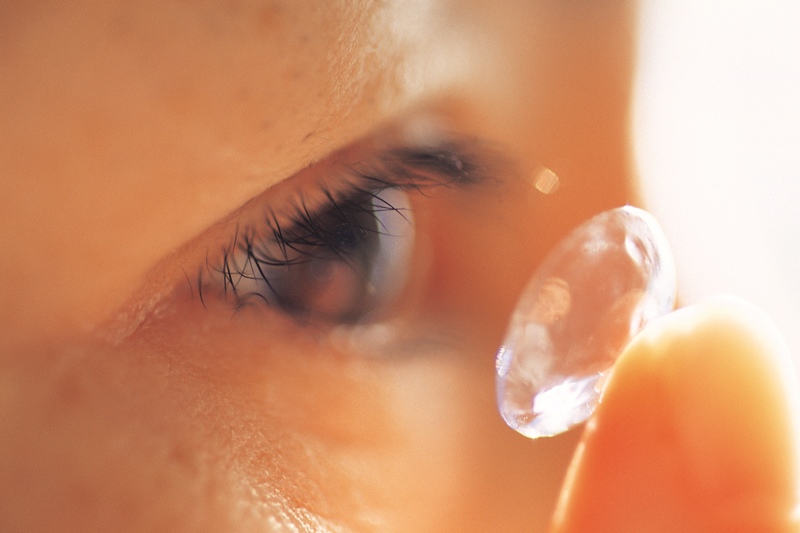
THURSDAY, May 31 (HealthDay News) — Teens who take the acne medication commonly known as Accutane (isotretinoin) appear to face twice the risk of eye infections, including conjunctivitis (pink eye) and styes, a new study says.
Researchers in Israel collected data on nearly 15,000 teens and young adults taking isotretinoin to treat acne and compared their rates of eye infections to an age- and gender-matched group that had acne but was not taking the drugs and to a third group that didn’t take the drugs and didn’t have acne. Isotretinoin is also sold under the brand names Roaccutane, Amnesteem, Claravis, Myorisan and Sotret.
Within a year of starting the medication, nearly 14 percent of those in the acne medication group developed an eye infection or dry eyes, compared with almost 10 percent in the group that had acne but did not take the medications and about 7 percent in the group that didn’t have acne.
Compared to the acne-free group, those taking isotretinoin were at 70 percent increased risk of an eye infection over the course of a year. The mean age of participants was about 16.5 years old.
The most common problem was conjunctivitis, an inflammation or infection of the membrane lining the eyelids. About 4 percent of teens taking isotretinoin developed conjunctivitis, compared with 2 percent of those without acne and not taking the medication.
Other problems included hordeolum (or stye, an inflamed oil gland on the edge of the eyelid); chalazion (a tender, swollen lump in the eyelid due to a blocked oil gland); blepharitis (inflammation of the eyelash follicles), dry eyes or eye pain, the researchers said.
Isotretinoin treats acne by reducing oil production from the sebaceous glands, among other effects. But isotretinoin also disrupts function of the meibomian glands, or oil glands inside the eyelids, explained study co-author Gabriel Chodick, head of the epidemiology and database research unit at Maccabi Institute for Healthcare Services Research in Tel Aviv, Israel.
The meibomian glands help keep the eyes lubricated. Less lubrication may mean the eyes are irritated, itching and burning, prompting people to rub them and introduce bacteria. It’s also possible that less lubrication makes it easier for bacteria to take hold, said Dr. Jonette Keri, an associate professor of dermatology and cutaneous surgery at the University of Miami Miller School of Medicine.
The good news is that most side effects of the drugs can be prevented using artificial tears to keep the eyes lubricated, experts said.
“In case of any meaningful side effect, such as significant eye irritation, itching, redness, pain, tearing, excessive tearing, patients are advised to consult with their physician before making any decisions regarding therapy discontinuation,” Chodick said.
The study was published recently in the Archives of Dermatology.
Keri said vision side effects from acne medications are well known to most dermatologists. She tells patients who wear contacts and are starting the medications to use eye drops to combat dry eyes, but that they may have to discontinue wearing contacts while they’re on the drug if that doesn’t help enough.
“What’s interesting is that the researchers found eye problems associated with the drugs peak at about four months after starting the medication, so I’m going to tell my patients to really watch their eyes around month four,” she added.
Patients usually take isotretinoin for about five to eight months, she noted.
More information
The U.S National Library of Medicine has more on isotretinoin.

